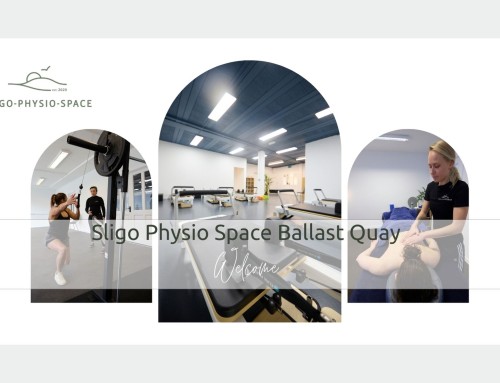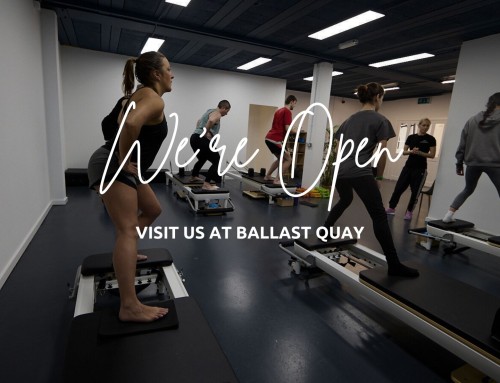Patellar tendinopathy/Jumpers’ knee
What is the patella tendon?
The patella tendon is formed by the quadriceps muscle of the thigh, it crosses the knee cap (the patella) and attaches to the shin bone (the tibia). The patellar tendon transmits load from the quadriceps to the knee.
What is Patellar tendinopathy?
Patellar tendinopathy is an overuse injury characterized by localized tendon pain during loading activities, most common in athletes but also found in sedentary individuals. It is most common in sports involving, jumping, landing and change of direction.
What causes the pain?
Alterations in activity levels is one of the main causes of tendon issues, with excessive repetitive load beyond the ability of the tendon leading to cellular changes and resulting pain and dysfunction. However, often you can have these cellular changes in the tendon without pain. Altered landing mechanics have been associated with injury, however it is unknown if this is a cause, or a strategy employed to reduce pain.
What should I do about it?
First of all, you need a diagnosis, and your physiotherapist at Sligo Physio Space is extremely qualified at diagnosing patellar tendinopathy.
You will be asked for a detailed history; your movement and strength will be assessed and a treatment plan will be put in place to help you get better.
Evidence for management of patellar tendinopathy
- Eccentric exercises (slow lengthening of the muscle under load) were thought to be the superior exercise for treating tendinopathy, however, evidence suggests that they only work in 50% to 70% of individuals.
- Heavy Slow Resistance and combined concentric (shortening exercise)/eccentric loading programs have been studied with various successes.
- Isometric exercise (sustained contraction without movement) have limited evidence in treating painful tendons.
- Continued sport has been shown to be an important part of the rehabilitation process.
- Pain is an acceptable feature of rehabilitation, as long as it settles quickly.
- Extracorporeal shockwave therapy has some limited evidence in the treatment of patellar tendinopathy and may have a role in reducing pain.
- Improved clinical outcomes are not associated with changes in tendon stiffness and cellular changes
What will my treatment involve?
- There is limited role for manual therapy in tendinopathy, although if very painful some techniques may be used to assist in reducing pain.
- A loading program involving a combination of isometric, concentric and eccentric exercises will be designed specifically for you and will depend on your pain levels, activity levels and goals.
- Continuation of your activity is important and will be facilitated as best as possible.
- Pain is acceptable during your rehabilitation.
- Rehabilitation is slow, and there are no quick fixes, 12 weeks is the general timeframe for symptom resolution although you will see benefits sooner.
Contact Sligo Physio Space now if you are having knee pain and would like an assessment.
Also check out my video on quads strengthening exercises!




